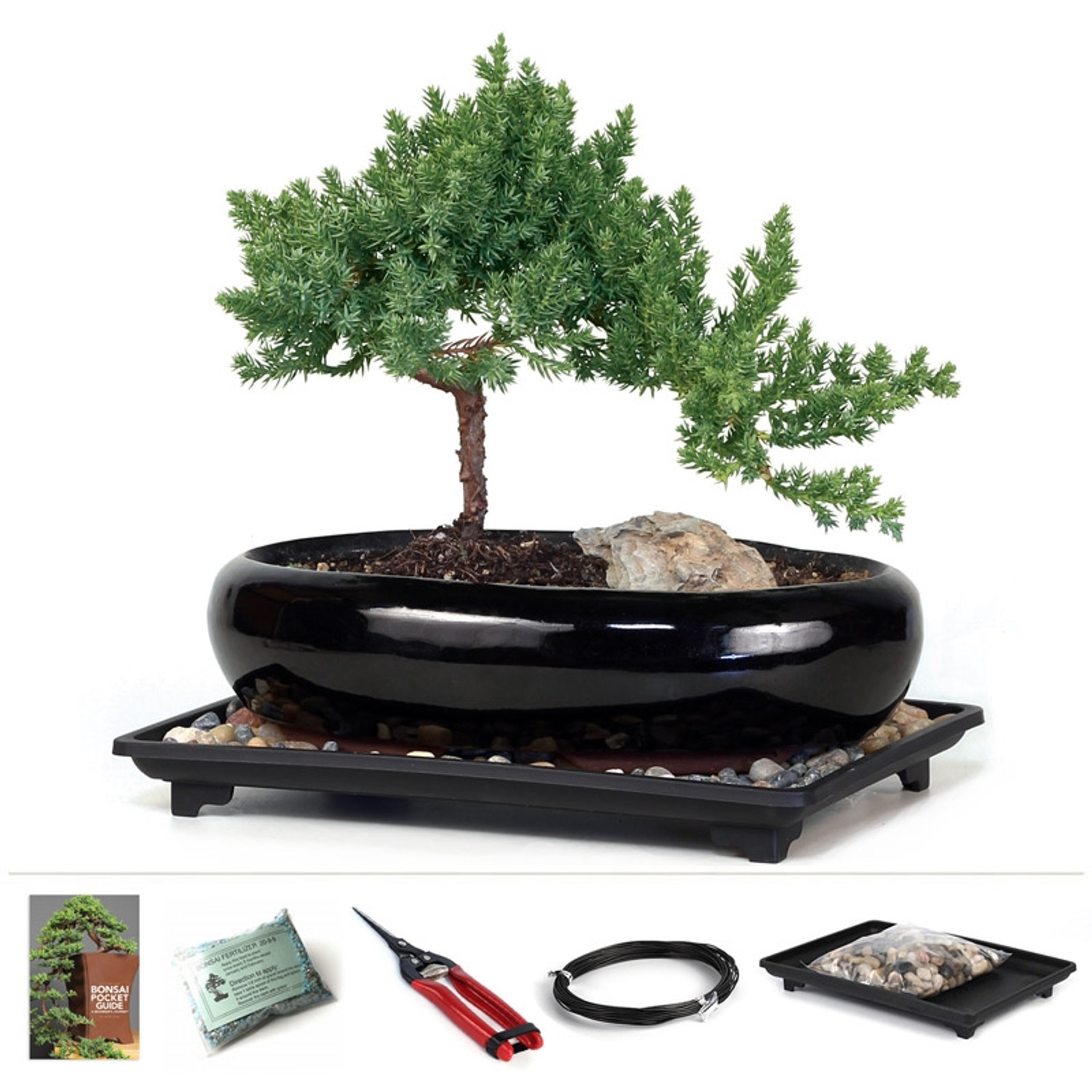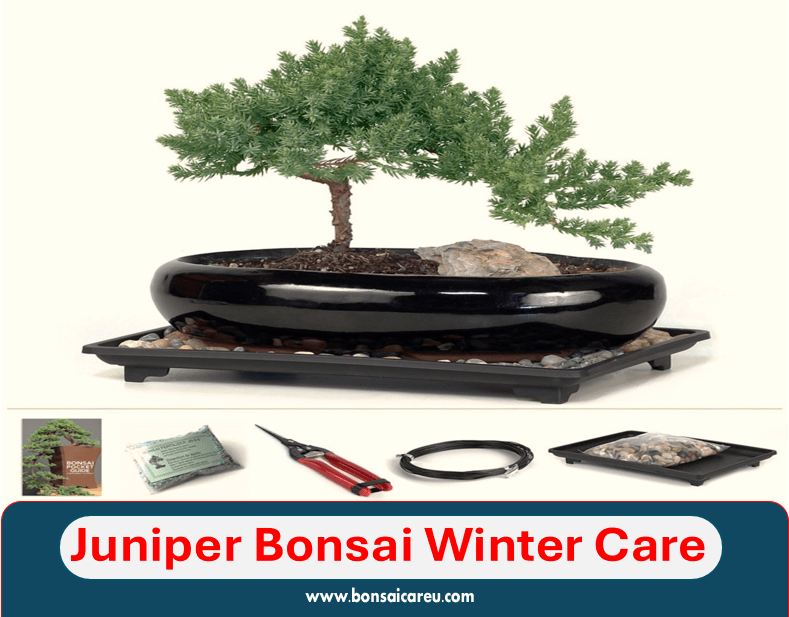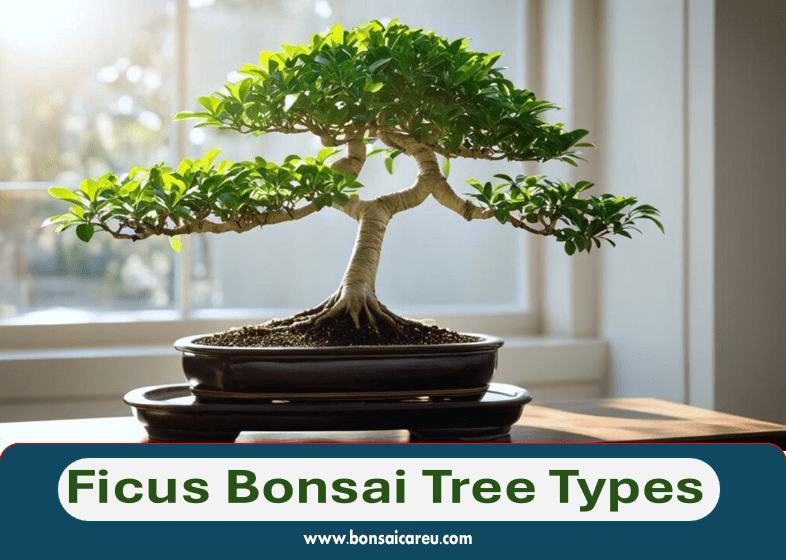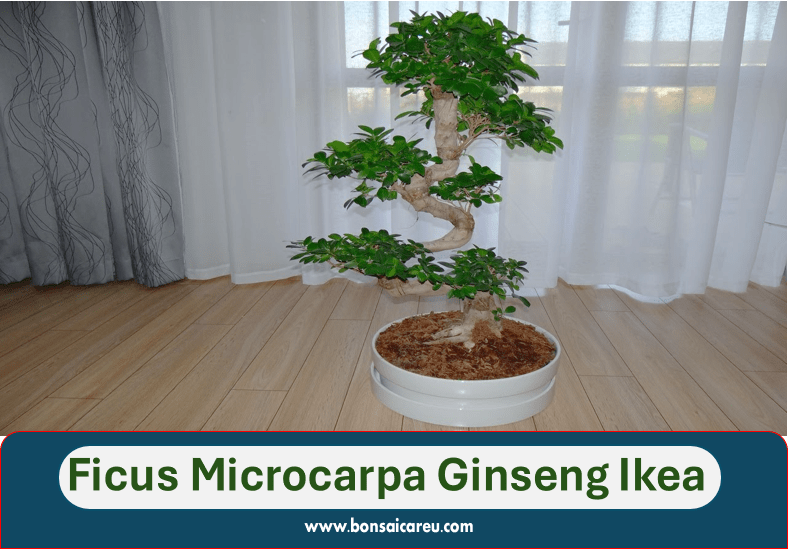Rock Juniper Bonsai Tree Care: A Rock Juniper Bonsai Tree is a small, ornamental tree grown in a shallow container. It is a type of juniper tree cultivated much smaller than its natural size, making it ideal for bonsai cultivation.
Rock Juniper Bonsai Trees are popular for their rugged, gnarled trunks and ability to thrive in various environments. These trees are known for their resilience and can be shaped and styled to create stunning miniature landscapes. They can live for many years with proper care and maintenance, making them a beloved choice for bonsai enthusiasts.
In this blog, we will explore the unique characteristics of Rock Juniper Bonsai Trees and the techniques and considerations for their care and cultivation. Whether you’re a seasoned bonsai grower or a beginner, there’s always more to learn about these captivating miniature trees.
Introduction To Rock Juniper Bonsai
Why Choose Rock Juniper?
Selecting Your Rock Juniper Bonsai
When selecting your rock juniper bonsai, there are a few key factors to consider. The size and shape of the bonsai, as well as its age and maturity, play a significant role in determining the overall aesthetic appeal and long-term growth potential. This section will explore these considerations in detail to help you make an informed decision for your rock juniper bonsai.
Size And Shape Considerations
The size and shape of your rock juniper bonsai are important. Bonsai trees come in various sizes, ranging from miniature to larger specimens. Your size will depend on your preference and the space available for your bonsai. Additionally, the shape of the bonsai can vary, including informal upright, slanting, cascade, and windswept styles. Each shape brings a unique character to the bonsai, so choose one that resonates with you.
Age And Maturity
Another crucial factor to consider when selecting your rock juniper bonsai is its age and maturity. Bonsai trees require years of careful cultivation to achieve the desired appearance. Younger bonsai trees may have a more vibrant and vigorous growth, while older trees may exhibit a more refined and mature look. Consider the level of maintenance and commitment you are willing to invest, as younger trees may require more attention and training.
Essential Care Techniques
Proper care is essential for the health and beauty of your Rock Juniper Bonsai tree. Following a few key techniques ensures that your bonsai thrives and remains vibrant for years. This section will explore the essential care techniques for your Rock Juniper Bonsai, including watering practices and sunlight placement.
Watering Practices
Watering your Rock Juniper Bonsai tree is a critical aspect of its care. It is important to balance providing enough moisture for the tree’s growth while avoiding overwatering. Here are some key watering practices to keep in mind:
- Check the soil’s moisture level regularly by gently inserting your finger about an inch deep. If it feels dry, it’s time to water the bonsai.
- Use a watering can or a fine mist spray bottle to water the tree, ensuring that the water reaches all areas of the soil.
- Allow the soil to dry slightly between watering sessions to avoid overwatering. This will help prevent root rot and other water-related issues.
- During the hot summer, your Rock Juniper Bonsai may require more frequent watering due to increased evaporation. Monitor the soil moisture closely to prevent dehydration.
Sunlight And Placement
Rock Juniper Bonsai trees thrive in bright sunlight, but providing them with the right amount of light and proper placement is important. Consider the following tips:
- To ensure proper growth and development, place your bonsai in an area that receives at least 4-6 hours of direct sunlight daily.
- Avoid exposing your Rock Juniper Bonsai to intense afternoon sunlight, which can lead to leaf burn. Partial shade during the hottest part of the day is ideal.
- If you are growing your bonsai indoors, place it near a south-facing window or use artificial grow lights to provide the necessary light intensity.
- Regularly rotate your bonsai to ensure even exposure to sunlight, promoting balanced growth.
By following these essential care techniques, you can provide the optimal conditions for your Rock Juniper Bonsai tree to thrive and flourish. Remember to monitor its watering needs and provide adequate sunlight, and you will enjoy the beauty of your bonsai for years to come.
Pruning And Shaping Your Bonsai
Pruning and shaping your rock juniper bonsai tree is essential for maintaining its health and aesthetic appeal. Proper pruning not only helps to control the size and shape of the tree but also promotes new growth and enhances the overall beauty of the bonsai.
When To Prune
Pruning of the rock juniper bonsai tree should be carried out during the late winter or early spring months when the tree is in its dormant phase. This timing ensures minimal stress on the tree and allows for optimal healing of the wounds caused by pruning.
Tools And Techniques
When pruning your rock juniper bonsai, it is crucial to use the right tools, such as sharp pruning shears and concave cutters, to make clean cuts without causing damage to the branches. Additionally, specialized wiring techniques can help shape the bonsai and guide its growth in the desired direction, creating a visually appealing form.
Soil And Fertilization Needs
Rock Juniper Bonsai Trees require proper soil and fertilization for optimal growth. Understanding the soil type and fertilizer needs is crucial for maintaining the health and beauty of these unique bonsai trees.
Choosing The Right Soil
Rock Juniper Bonsai Trees thrive in well-draining, slightly acidic soil. A blend of akadama, pumice, and lava rock is ideal for ensuring adequate drainage and aeration.
Fertilizer Types And Frequency
A balanced organic fertilizer with equal nitrogen, phosphorus, and potassium works best for Rock Juniper Bonsai Trees. Apply the fertilizer every two weeks during the growing season at half the recommended strength.

Credit: easternleaf.com
Common Pests And Diseases
Rock Juniper bonsai trees are susceptible to various pests and diseases affecting their health and appearance. Identifying these issues early on is crucial for maintaining the beauty and vitality of your bonsai. Here, we will discuss common pests and diseases that may impact your Rock Juniper bonsai tree.
Identifying Pests
- Spider mites: Look for webbing and stippling on leaves.
- Aphids: Check for clusters of small insects on the foliage.
- Scale insects: Look for small, waxy bumps on branches and leaves.
- Fungus gnats: Notice tiny flies around the soil surface.
Prevention And Treatment
To prevent pests and diseases:
- Inspect your bonsai regularly for any signs of pests or diseases.
- Ensure proper air circulation around the tree.
- Avoid overwatering to prevent root rot.
- Use organic insecticidal soap for mild infestations.
For treatment:
- Isolate the infected tree to prevent the spread of pests.
- Prune affected leaves and branches to remove pests.
- Apply neem oil or horticultural oil to control severe infestations.
- Consult a professional if the infestation persists.
Frequently Asked Questions For Rock Juniper Bonsai Tree
Can A Rock Juniper Bonsai Survive Indoors?
No, rock juniper bonsai cannot survive indoors. They require direct sunlight for at least 6 hours a day and proper air circulation. Indoor environments are unsuitable for their growth and can result in the death of the plant.
It is best to keep them outdoors in a sunny location.
How Do You Take Care Of A Rock Juniper Bonsai Tree?
To care for a rock juniper bonsai tree, keep it in a sunny location, water it regularly but avoid overwatering, fertilize it during the growing season, prune it to maintain its shape, and repot it every two to three years.
How Big Do Rock Juniper Bonsai Trees Get?
Rock juniper bonsai trees typically grow up to 1-4 feet tall, making them ideal for small spaces.
Can I Grow A Juniper Bonsai Indoors?
Yes, you can grow a juniper bonsai indoors if it receives enough sunlight.
What Is The Ideal Location For A Rock Juniper Bonsai Tree?
Position in a sunny spot to thrive and grow well indoors.
How Often Should I Water My Rock Juniper Bonsai Tree?
Water when the topsoil feels dry to touch, typically 1-2 times weekly.
Conclusion
The Rock Juniper Bonsai Tree is a stunning addition to any indoor or outdoor space. Its unique appearance and low maintenance needs make it a popular choice for bonsai enthusiasts of all levels. With proper care and attention, this bonsai tree can thrive for years, bringing a touch of natural beauty to your home or office.
Whether you’re a seasoned bonsai grower or just starting, the Rock Juniper Bonsai Tree is a must-have for your collection. Invest in one today and enjoy the beauty of nature in miniature form.


